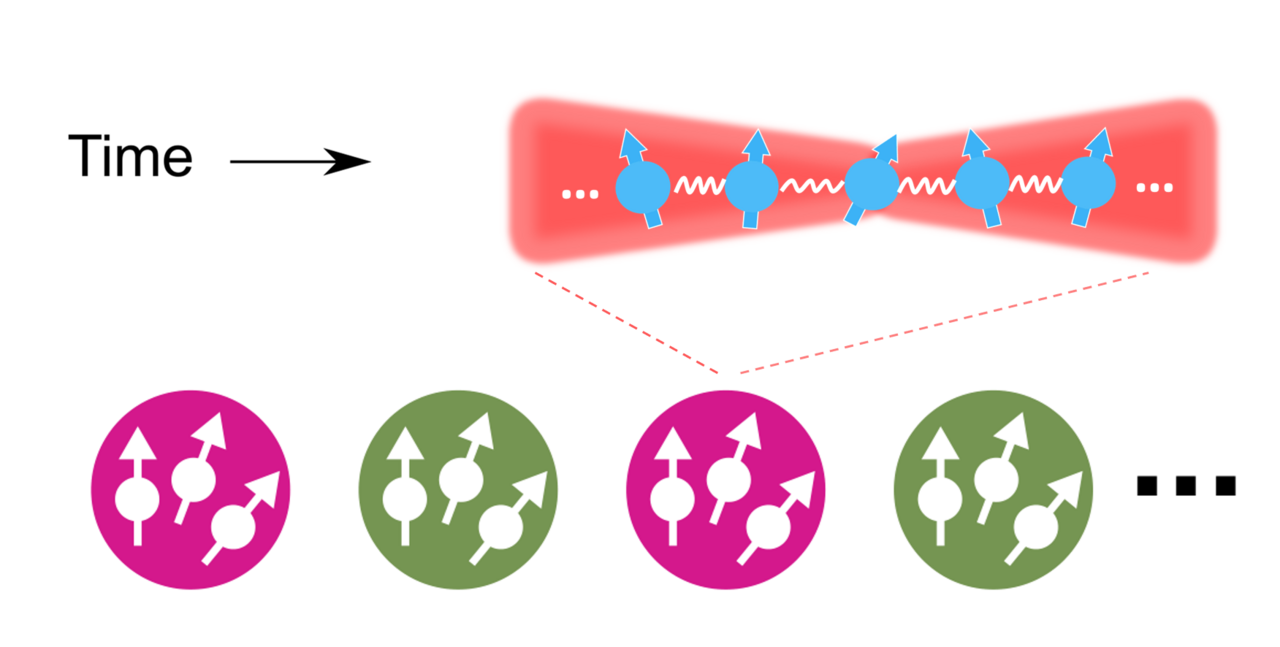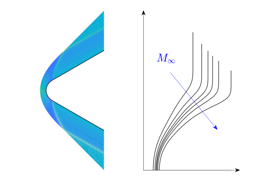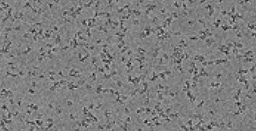Time crystal inside an ordinary crystal
Published in Physics

You may already be aware that the colored ring stone you are wearing is a crystal. However, what you might not know is the hidden secret that this colored stone holds. When subjected to laser irradiation, it has the potential to undergo a captivating transformation into a mesmerizing time crystal.
It is well acknowledged that crystals are formed when atoms or molecules arrange themselves in a specific pattern, like diamonds. Time crystals, on the other hand, are a new and fascinating state of matter that exhibit periodic characteristics not in space, but in time.
To grasp the concept of time crystals, imagine yourself strolling along a straight road and engaging in the same repetitive action, such as jumping, at consistent distances. Now, picture a scenario where instead of jumping at regular distances, you start spontaneously leaping at regular time intervals. This behavior can be likened to a time crystal. Admittedly, if it were as straightforward as this, one might argue that time crystals are not particularly remarkable. However, just like an ordinary crystal comprises ten billion atoms, a time crystal should also exhibit this property. To clarify: if it is solely you jumping periodically, it cannot be considered a crystal; but if you manage to induce ten billion individuals to spontaneously jump at regular time intervals, it bears a much stronger resemblance to a time crystal.
Now, you are aware that creating a time crystal is likely to be a challenging endeavor. The concept of a time crystal in many-body system was initially put forward by Wilczek in 2012. Presently, scientists have managed to observe the presence of time crystals through experimental investigations. They uncovered that a group of stimulated atoms can produce their own cyclical movement in specific circumstances, thereby disrupting the symmetry of time translation.
Nevertheless, the time crystals that have been achieved thus far rely on the application of external periodic restrictions such as periodic forces or cavities in order to induce temporal periodicity. According to the spirit of the original proposal, time crystals represent the spontaneous emergence of time-periodic motions within time-invariant systems, which should be inherently self-triggered and self-sustained without the need of external periodic inputs. However, creating such an inherent phase is still a pending challenge.

Figure 1. Inherent time crystal in an erbium ensemble. a. Schematic drawing of our inherent time crystal. An erbium doped yttrium orthosilicate that is illuminated by a laser exhibits self-generated periodic dynamics. b. Experimental realization of the breaking of continuous time translation invariance with pump power as noted. The laser is switched on at . The detected light intensity becomes unstable in the long-time limit. Inset, the from 16 to 18 ms. c. Fourier spectra of the data in (b) with pump power as noted. d. Auto-correlation of the data in (b) with pump power as noted.
In this study, we have successfully realized a time crystal within a regular crystal. Our approach involves utilizing an erbium doped crystal and employing a laser to drive the erbium atoms. By harnessing the many-body interactions within this ensemble of erbium ions, we not only observe the spontaneous occurrence of temporally periodic motions among the atoms, but also find that these motions are self-sustained and independent of any external periodic influences. The period of these oscillations is determined solely by the parameters of the system. Additionally, the persistence of these oscillations demonstrates the presence of long-range time correlation that extends beyond the coherence time of individual ions.
This time crystal possesses two significant characteristics. Firstly, unlike previously observed time crystals, its periodicity arises inherently from the system itself rather than being imposed externally. Secondly, its structure is remarkably simple, consisting solely of a regular crystal illuminated by a laser.
Consider the remarkable notion that an inherent time crystal can emerge from an ordinary crystal, much like the stone on a ring that you wear. This realization opens up exciting possibilities for the future. It is conceivable that inherent time crystals could be utilized as alternative materials, such as semiconductors, offering new avenues for technological advancements.
Inherent time crystals hold the potential to revolutionize timekeeping devices, enabling the development of highly precise clocks that never lose or gain a second. This level of accuracy would be invaluable for a wide range of applications, including GPS systems, financial transactions, and global communication networks. By harnessing the fascinating properties of inherent time crystals, we may ensure accurate timekeeping and enhance various sectors of modern life. All of these extraordinary properties are already present within a seemingly ordinary ring stone.
Follow the Topic
-
Nature Communications

An open access, multidisciplinary journal dedicated to publishing high-quality research in all areas of the biological, health, physical, chemical and Earth sciences.
Related Collections
With Collections, you can get published faster and increase your visibility.
Women's Health
Publishing Model: Hybrid
Deadline: Ongoing
Advances in neurodegenerative diseases
Publishing Model: Hybrid
Deadline: Dec 24, 2025






Please sign in or register for FREE
If you are a registered user on Research Communities by Springer Nature, please sign in